Software
We have a track record of developing and publicly releasing software for neuro-image processing and analysis.
FSL, CUDIMOT, NFacT, aFODs, MPPs, HCP WM Atlases, Large Collaborative Projects
FSL Toolboxes
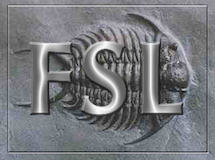
We have led the development or contributed to a number of toolboxes that are publicly released through FSL, one of the de-facto software standards for multi-modal neuroimage processing, used by thousands of researchers in hundreds of institutions worldwide. These include:
- XTRACT, for automated tractography in the human and non-human primate brain
- Bedpostx / Bedpostx_gpu, for Bayesian estimation of WM fibre orientations from diffusion MRI data using a number of forward models
- Qboot for stochastic estimation of diffusion and fibre ODFs from diffusion MRI data
- Probtrackx / Probtrackx_gpu for probabilistic tractography, connectivity fingerprinting and mapping
- Eddy for distortion, outlier, motion correction
- Eddyqc for quality control and assessment of diffusion MRI data.
Lab contributors: Matteo Bastiani, Shaun Warrington, Stam Sotiropoulos
CUDIMOT
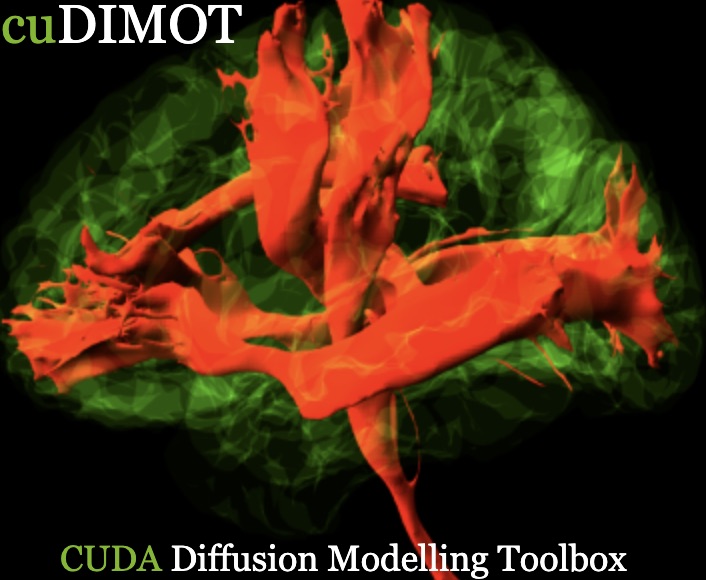
The CUda DIffusion MOdeling Toolbox (CUDIMOT) is a C front-end that allows the definition and fitting of non-linear voxelwise models to MRI data using CUDA and GPUs (see relevant paper). The user needs only to specify a cost function and model fitting options (deterministic nonlinear fitting-Levenberg Marquardt, Bayesian fitting-MCMC, priors, noise model) in C header file and the software translates these choices to CUDA code, which is then compiled to a binary that performs model fitting and can run on GPUs. The toolbox has been made with tissue microstructure models for diffusion MRI data in mind, but it can be used for any voxel-wise model of MRI data.
CUDIMOT and precompiled binaries for NODDI-Watson and NODDI-Bingham models are available.
Lab contributors: Moises Hernandez-Fernandez, Stam Sotiropoulos
NFacT

NFacT (Non-negative matrix FACtorisation of Tractography data) is a framework for performing data-driven decomposition of whole-brain tractography. This allows concurrent delineation of white matter (WM) bundles and grey matter (GM) networks (see relevant paper). We also allow non-negative dual regression for projecting group-wise WM/GM components to individual subjects.
NFacT routines are available in python.
Lab contributors: Elinor Thompson, Matteo Bastiani, Stam Sotiropoulos
aFODs

Asymmetric Fibre Orientation Distribution functions (aFODs) can represent within-voxel asymmetric fibre patterns (such as fanning in/out, bending, Y-branching, see relevant paper). We provide code that allows the estimation of asymmetric FODs from diffusion MRI data using spherical harmonics and regularised spherical deconvolution.
AFODs routines are available as a python package.
Lab contributors: Matteo Bastiani, Stam Sotiropoulos
Multimodal Processing Pipelines
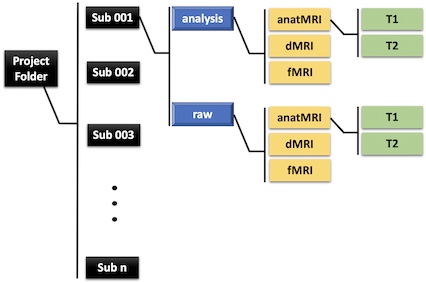
Multi-modal processing pipelines (MPPs) (written in bash) are for a number of neuroimaging modalities, including structural MRI, diffusion MRI and functional MRI. The pipelines perform a number of steps needed on the raw data, including distortion and motion correction, cross-modality alignment, denoising, template-space registrations, tissue segmentation, cortical surface extractions.
Lab contributors: Alireza Kisomi, Stam Sotiropoulos
HCP White Matter Atlases
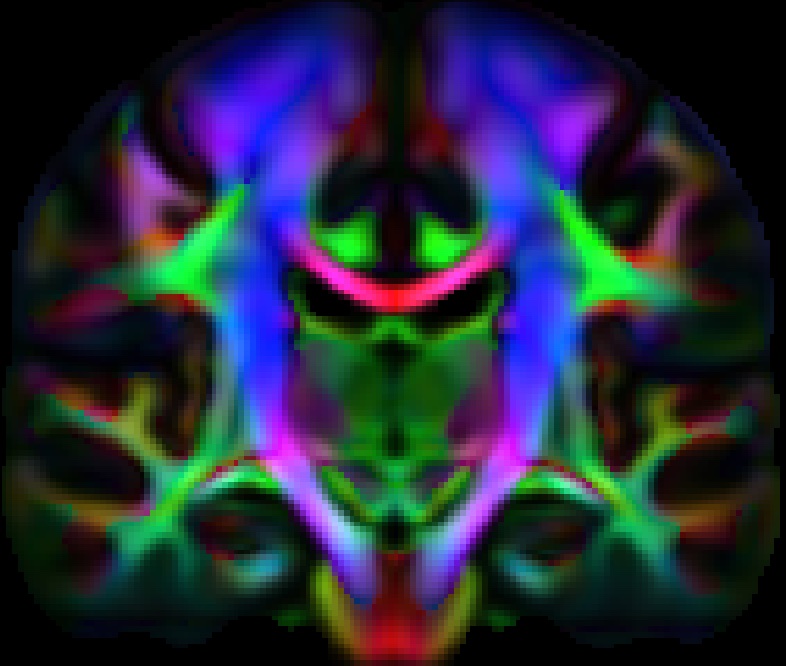
These comprise of Diffusion Tensor Imaging (DTI) and white matter (WM) tractography atlases derived using 1065 subjects from the young adult Human Connectome Project (HCP). For the DTI templates, the minimally preprocessed diffusion MRI data were used to fit diffusion tensors in each of the subjects. The tensors were non-linearly transformed to MNI space and averaged. The average tensor was then eigen-decomposed to give orientation and microstructure maps. These DTI templates are also available in FSL.
WM tract atlases were generated using probabilistic tractography and XTRACT in each of the 1065 subjects (see relevant paper). The resultant spatial distributions were binarised and averaged, giving a population-probability map for each tract. The human WM atlases are also accompanied by WM atlases of the macaque brain (obtained using 6 animals).
All WM atlases are provided.
Lab contributors: Shaun Warrington, Stam Sotiropoulos
RubiX
Resolutions Unified for Bayesian Inference of Crossings
Further information and binaries
Lab contributors: Moises Hernandez-Fernandez, Stam Sotiropoulos
Large Collaborative Projects

- We are major partners in the NIH-funded Centre for Mesoscale Connectomics (CMC).

- We have been major partners in the NIH-funded Human Connectome Project (HCP), contributing to both the HCP processing pipelines and the public data releases (1,200 young adult subjects with cutting-edge data quality and multiple neuroimaging modalities).
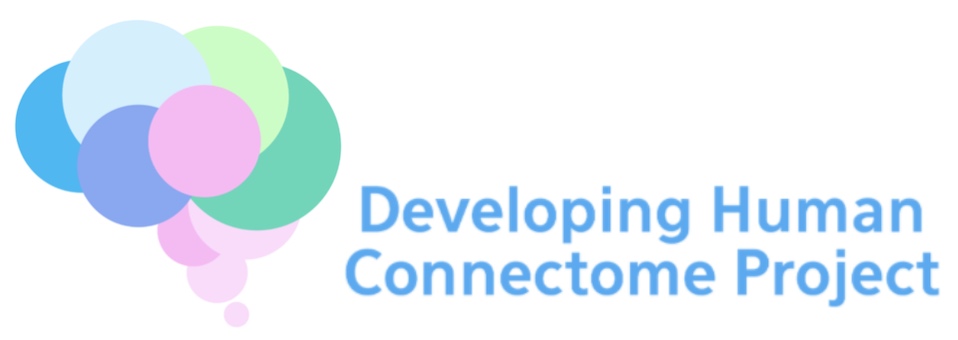
- We have been major partners in the ERC-funded developing Human Connectome Project (dHCP), leading the dHCP diffusion MRI processing pipelines development and contributing to the public data releases (500 neonates, 37-44 weeks post-conception age, with structural, functional and diffusion MRI acquired).

- Our tools have been used in the diffusion MRI processing for generation of imaging-derived phenotypes (IDPs) from the data of the population-level UK Biobank Imaging study, which scans 100,000 individuals with 6 neuroimaging modalities (T1w, T2w-FLAIR, SWI, dMRI, resting-state fMRI, task fMRI).
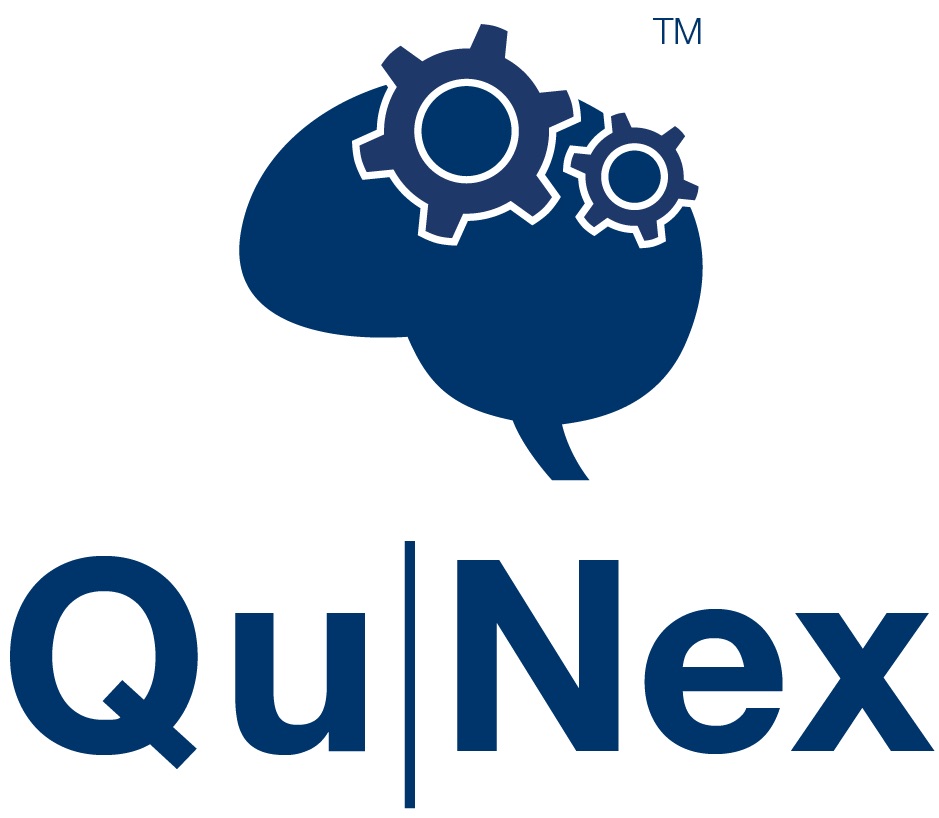
- We are collaborating with the Anticevic and Repovs labs in the development of the QuNex integrative environment for neuroimage processing and analysis.